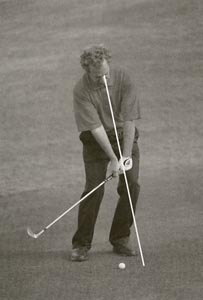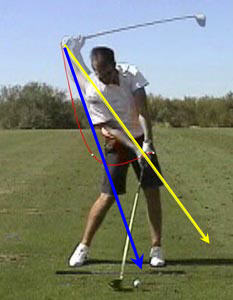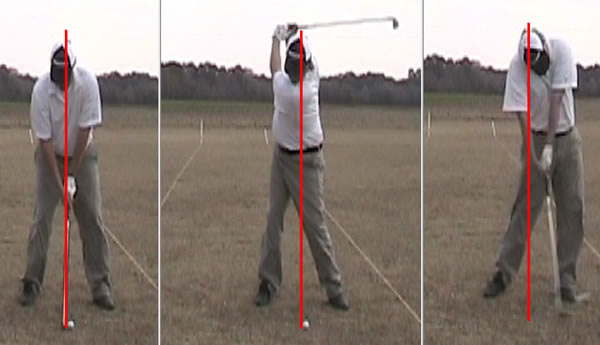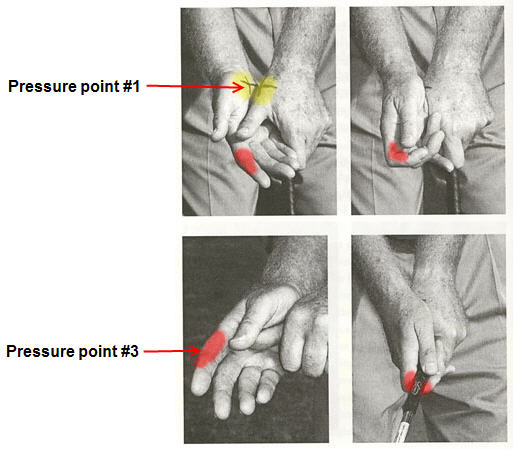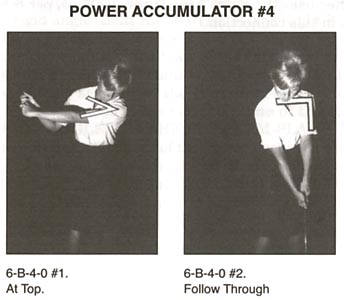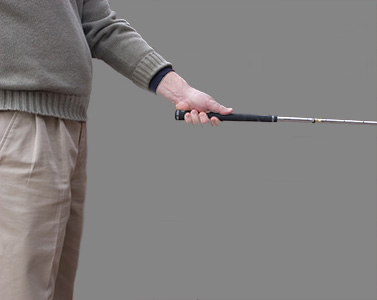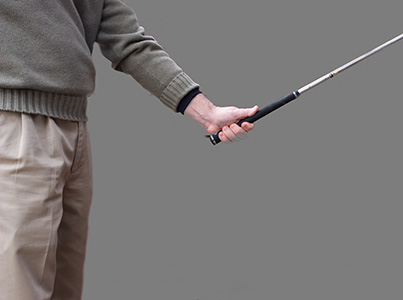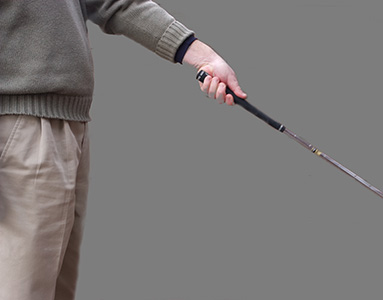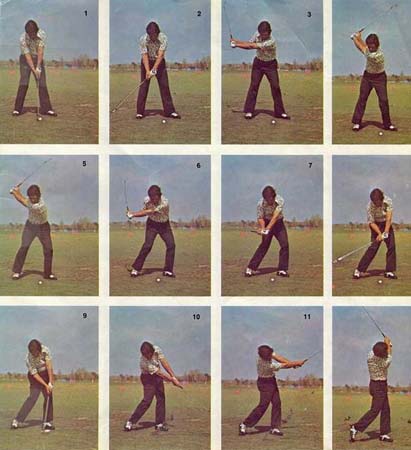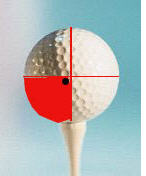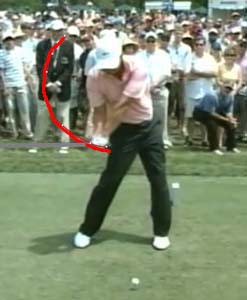
Part 8 and all of its sub-sections will translate Chapter 7 of TGM. All Chapter 7 does is give a general overview of each of the 24 basic components of the golf swing. It does not go into details of the variations of these components, just a general overview and how the component works.
7-1 (Grips - Basic)
Basic grip is just a term for holding onto a grip. So that includes, overlap, double overlap, reverse overlap, interlock, 10-finger, etc.
The grips with hitters and swingers should differ only in tightness. Usually the hitter will grip the club tighter than the swinger because the swinger needs to have an 'oily' left wrist so centrifigul force can do its work. But the hitter doesn't use centrifigul force and has a very rigid or 'frozen' right wrist. Ted Fort likes to say that if you are a hitter, you should feel like you are gripping the club hard enough to leave permanent fingerprints on the club. Ben Doyle usually teaches a 'swinger' procedure and likes to tell his students to be able to grip the club hard, but with loose wrists.
7-2 (Grip Types)
Grip types is more about the relation of the left and right hand and basically gets into a 'strong, weak, neutral' grips.
Homer states that if the hitter moves the ball back in their stance, they are setting themselves up for a hook. Conversely, if they move the ball up in their stance, they are setting themselves up for a fade. Trackman has gone over this as being quite true and that's where all that 'swinging left' business comes. Because the golfer moves the ball back in their stance, the Angle of Attack gets steeper. So if they have a path that is square to the target, it actually effectively becomes an inside-to-out path due to what's called the spin axis imparted on the ball. Conversely, if they move the ball up in the stance, their Angle of Attack becomes more shallow and that takes a path square to the target effectively become an outside-to-in path.
7-3 (Strokes - Basic)
Homer talks about the importance of the right elbow in the golf swing because of how much the right arm participates in the golf swing and the right elbow location dictates the type of right arm participation.
There are 3 Major Basic Strokes, all dependent on the 3 different elbow lcoations. Those elbow locations are known as pitch elbow, punch elbow and push elbow.
Because hitters use an 'angle of approach' and a swinger uses an 'arc of approach', their right forearm position at the top of the swing must differ. And because their right forearm position differs at the top of the swing, so does the location of their right elbow since the elbow is 'connected' to the forearm. Here's a Lynn Blake video explaining this.
So at the top of the swing, the right forearm is at about a 90* angle for a swinger and at about a 45* angle for a hitter (looking at the golfer from the DTL view)
Homer then gets into the 'right forearm on plane at impact', that's just having the right forearm and clubshaft in line with each other at impact.

Most high handicappers tend to have the right forearm above the clubshaft at impact. Most Tour pros have the right forearm 'on plane' at impact. Those who do not, usually have the right forearm just slightly above the plane and usually hit a fade.
Bending and Straightening the Right Elbow will RAISE AND LOWER the left Arm and/or COCK AND UNCOCK the Left Wrist without Bending, Flattening, or Cocking the Right Wrist. So, Right Elbow Action either powers and/or controls all three elements of Three Dimensional Impact. All this you will come to know as THE MAGIC OF THE RIGHT FOREARM.This is a key quote. Like I mentioned earlier, there are *some* PGA Tour pros who do not have the right forearm on plane at impact
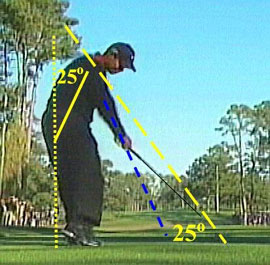
However, if you have your right forearm on plane at impact, you're much better off than not having your right forearm on plane at impact. My own golf swing focuses very much on the right elbow and the right forearm. If I'm a bit off in my swing, I usually work on where the right elbow and right forearm position is. My waggles at address are very focused on sensing and feeling the right elbow and right forearm. Swinger or a hitter, if you can sense the right elbow and right forearm and get those into some good positions and alignments, you're very close to 'getting there.'
7-4 (Strokes - Basic)
Stroke variations is the number of power accumulator the golfer uses in a particular stroke. There are 4 Power Accumulators and the number of accumulators used are termed as 'barrel' stroke. Thusly,
Single Barrel = 1 PA used
Double Barrel = 2 PA used
Triple Barrel = 3 PA used
Four Barrel = 4 PA used
Remember, the downswing sequence of release the PA's is #4-#1-#2-#3. However, only the hitter can *possibly* use all 4 PA's. The swinger can only use 3 PA's because they should not be using the #1 PA (folding and straightening of the right arm).
Homer states that it may appear golfers who do not use some Accumulators in their Stroke are actually using those PA's. But in actuality, the accumulators participation are 'negligible, incidental or minimal. Or their presence may be simply improper execution.
Homer states that full understanding and mastered skill in each power accumulator will allow the golfer to establish a correct execution of the accumulator and a proper sequencing of each accumulator. However, 'it is not at all necessary for the non-teaching player to know any more combinations than he finds useful to his own game.'
Just more customization and individualization from TGM.
3JACK

